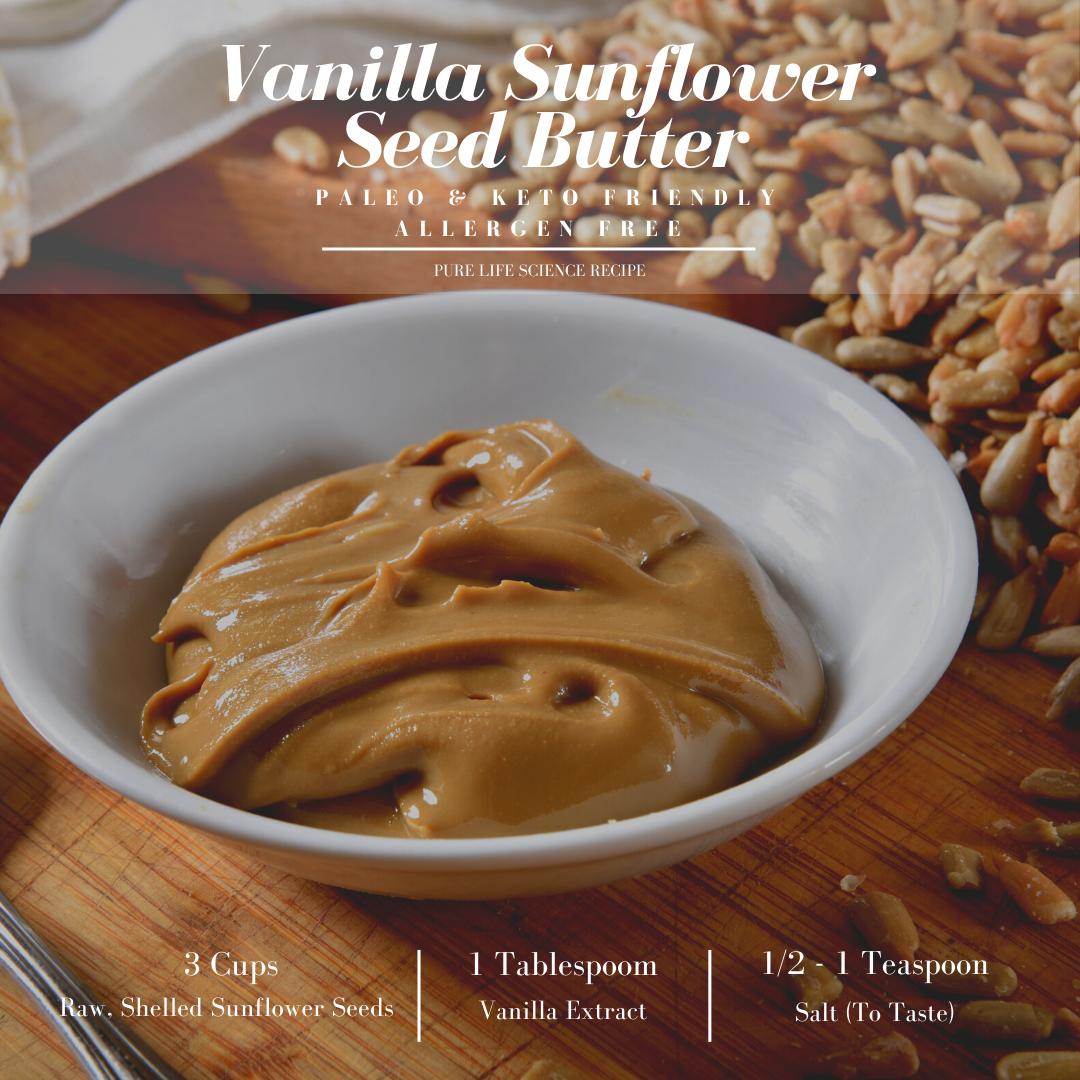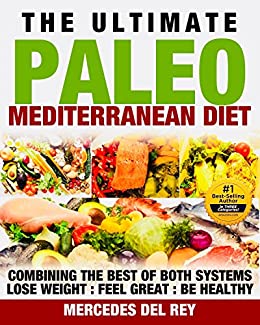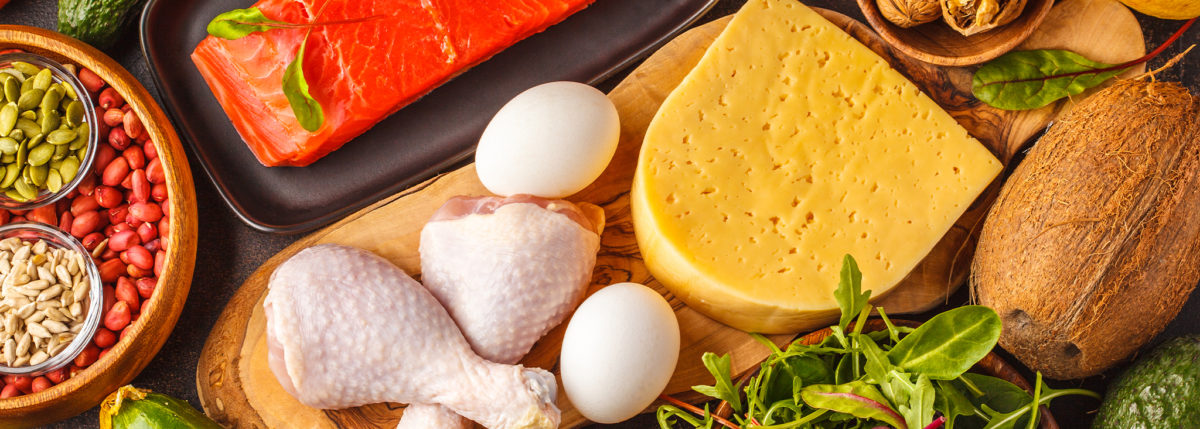
Paleo is very popular among today's health-conscious people. The paleo diet offers many health benefits including weight loss, fiber enhancement, weight loss, anti-inflammatory properties, and a reduction in whole food groups. Let's have a look at what you should avoid and some tips to help you follow a paleo lifestyle. Read on to learn more. This article has tips to help you lose weight, but keep on track with your goals.
Restricting whole food groups
A big question about the paleo diet revolves around whether or not eliminating processed food is good for your overall health. Although there is no clear benefit to your health if you eliminate processed foods completely, there are possible benefits. A few studies have shown that restricting whole food groups can be beneficial to your health. Study after study concluded that paleo-eaters had more good bacteria in their guts when they followed it for one month. These organisms were also found in greater numbers in traditional hunter/gatherers.
High fiber
It is a great way of getting more nutrition from your food. Fruits and vegetables are loaded with essential vitamins and minerals. Whole fruits are rich in fiber, but the juice is removed. Fruit juices are high sugar. Fresh fruit is a great way of getting fiber into your diet. However, juices are best avoided as they often contain high levels of sugar.
Anti-inflammatory

The paleo diet has many and impressive anti-inflammatory benefits. These diets have been shown by studies to decrease the risk of certain cancers and obesity. Research has shown that the diet can even reverse autoimmune disorders. The Autoimmune Protocol, a highly restrictive diet that focuses on reducing inflammation in the gut, may be an example of a very effective anti-inflammatory diet.
Weight loss
The paleo diet is well-known for its health benefits in weight loss. It encourages eating plenty of fresh fruits & vegetables, lean meat, and good quality fats. Too much sugar can lead to weight loss. Added sugar is not a good choice because it can increase your calories and lack essential nutrients. Moreover, high amounts of added sugar can increase your chance of developing heart disease. Fresh fruits and vegetables, on the other hand, contain natural sugars which provide vital nutrients.
Diabetes
Research has shown that the Paleo diet combined with diabetes treatment can help to improve blood glucose control. However, a paleo diet isn't for everyone, as many processed and low-quality foods are still included. A diet should not be considered one-size-fitss all. There are exceptions. Long-term research will tell if a particular diet is safe for diabetes patients.
Chronic disease management
There are several versions of the Paleo diet, but generally speaking, all of them eliminate grains, legumes, and processed foods. Those who want to incorporate dairy products into their daily diet should look for grass-fed or raw varieties. They can also eat nuts and seeds if they are strict about avoiding fat. Paleo does not allow refined sweeteners so they can enjoy cheat meals.
Alcohol

Paleo emphasizes the elimination and removal of processed foods. Alcohol is both a food processed and a toxin. Alcohol is still a part many people's daily lives. It has also been proven to have many health benefits. Moderate alcohol use can reduce stress, improve endothelial function as well as reduce post-prandial glucose. However, alcohol may also be harmful to the liver.
FAQ
How long does learning to cook take? How long will it take me to learn how?
It depends on your level of skill. Some people can learn basic cooking techniques in as little as a week. Others may take months or years to master the basics of cooking.
The amount of time needed to learn to cook varies considerably based on the person. An example: Someone who has never cooked before may need more time than someone who makes regular meals. Certain types of cooking require more skill than others. Baking, for example, requires more experience than frying.
Focusing on a particular technique is the best way to speed up your cooking skills. Once you've mastered that technique, move on to another one. It doesn't matter how long it takes to master a particular technique. Keep practicing and having fun with the whole process.
How do I motivate to cook?
It's fun to cook for your friends and family. Cooking for yourself is much more enjoyable than cooking for others. You can be inspired to cook if you try something new. You'll learn new techniques, and you'll be inspired to cook. Also, you can use recipes from different cultures to expand your culinary knowledge.
What's the difference between a professional chef and an amateur cook?
A chef prepares food for other people. A cook prepares food for his or her own consumption. Although both jobs require you to prepare food, a chef is more involved in serving customers. This means they may have to decide what to serve guests based on their preferences. A cook does not interact with customers. Instead, the cook ensures that the food tastes great before serving it to customers.
What skills will I need to be able to go to culinary school?
To become a chef, you must be able to cook well, work under pressure, and understand food safety regulations. To learn how cook, enroll in cooking courses at your local high schools or community colleges. Once you have mastered the basics of cooking, you will need to find work in a restaurant and catering company.
Statistics
- According to the BLS, chefs earn $58,740 a year. (learnhowtobecome.org)
- You'll be amazed that over 90% of CIA students receive scholarships and grants to finish their culinary studies. (ischoolconnect.com)
- The median pay for a chef or head cook is $53,380 per year or $25.66/hour, according to the U.S. Bureau of Labor Statistics (BLS). (learnhowtobecome.org)
External Links
How To
How to make the perfect omelet
Omelets are one of my favorite foods to eat at breakfast. How can you make them perfectly? I've tried many different methods and recipes, but none of them seem to work! So today, I want to share some tips and tricks with you so you can make your own delicious and fluffy omelets every morning.
We should first know that eggs are very temperamental ingredients when making omelets. Eggs must be purchased fresh, preferably organic, and kept chilled until ready for cooking. If they are not kept cold enough, the whites won’t form properly. The yolks will also break down too quickly and become runny. This makes your omelets look weirdly colored. If you're going to cook them immediately, it is best if the eggs are still warm.
You can also separate the egg before you add it to the pan. Because this could cause your omelet to become curdled, you don't want any yolk to be mixed with any white.
If you add the egg directly onto the stovetop, you might end up burning the bottom part of the egg, which would ruin the texture of your omelet. Instead, place the egg in the microwave for 10 second before you put it in the skillet. The microwave heat cooks the eggs just right without overcooking them.
Next, let's talk about mixing the eggs. You want to mix the eggs thoroughly before you add them. You can do this by turning the bowl of your mixer upside down. Then shake the bowl vigorously. The egg will be thoroughly mixed in the bowl as the air is whipped.
Now it's time to have fun: pour the milk into the mixture. Mix half of the milk with the eggs. Then fold the eggs in half into the remaining milk. You don't need to worry if streaks remain. They will disappear once you flip your omelet.
After you have folded the eggs, heat the oil in a pan over medium heat. Once the oil has started to sizzle, turn the heat down to low. Add 1/4 cup butter to the oil and swirl it around to coat all sides of the pan. Open the lid and sprinkle salt on the pan. The salt will help to prevent the omelet's sticking to the pan.
Once the omelet forms, cover the pan again. Let the top side set completely. Flip the omelet by using a spatula. Cook the second side for a minute or so. Take the omelet out of the pan and immediately serve.
This recipe is best when used with whole milk. But, you can use skimmed milk as well.